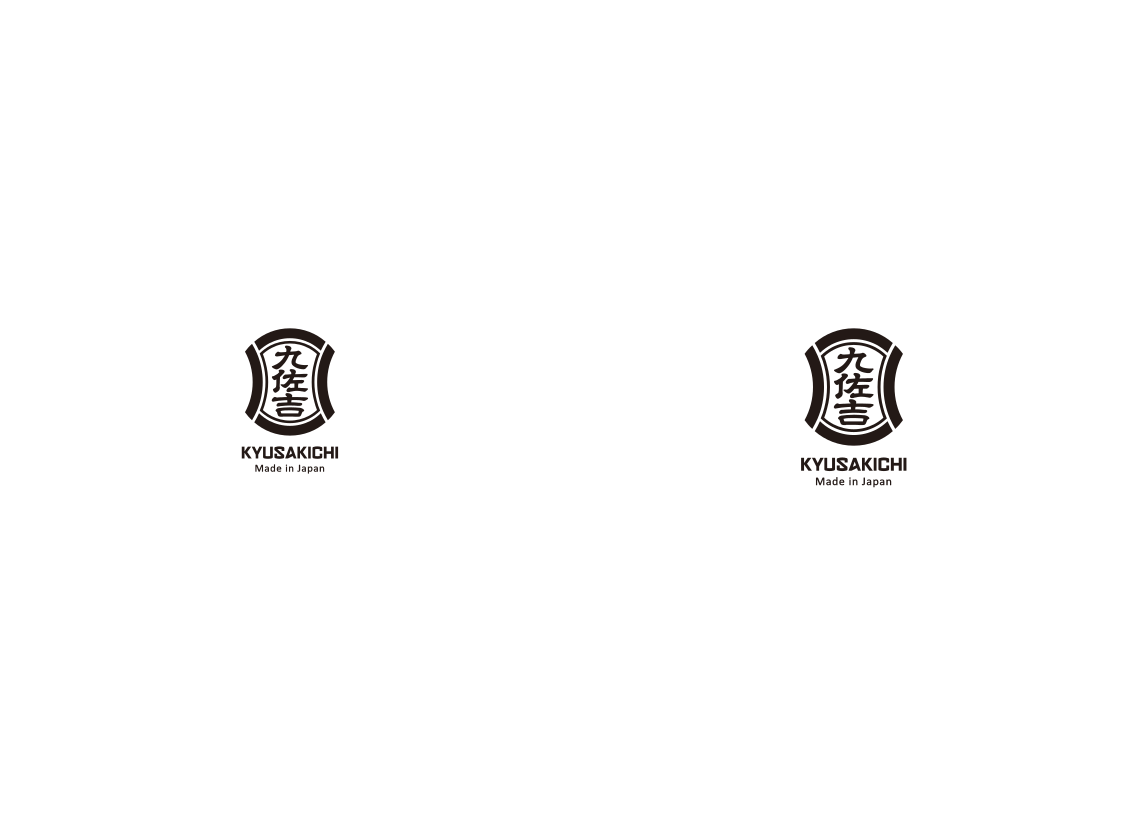Sakon Shiraume

Hokiyama Cutlery is based on Shikoku Island in the legendary Tosa area / today's prefecture Kochi /. Its impact on knife production in this part of Japan is marked. It cooperates with local blacksmiths, to whom it finalizes their products and at the same time produces its knives, in the production of which it applies its own technological procedures. Therefore, in the wide range of Hokiyama Cutlery we can find traditional knives under the label Tosaichi , knives for the carefree practical use Sakon and knives characterized by the latest technologies Mugen .
Here we bring you two interesting knives from the Sakon group, ie practical maintenance-free knives. What are they interesting about? The type, size and composition of the blade. Professionals in Japan almost exclusively use blades with single-sided grinding . There are several reasons. They are sharper, provide more control over the cut and are easier and faster to sharpen. It's true that it takes some time to get used to them, but then you'll hardly find a way back to a symmetrical blade.

Such Eastern-type knives have a Ni-Mai design. It consists of two layers, while the working one is extremely hard, in the vast majority of Yasuki and the supporting one is made of soft iron. Because traditional proven materials are used, the blades tend to oxidize and require a certain maintenance regime. However, Shinsuke Hokiyama also thinks of those who long for a one-sided grind, but camellia oil doesn't tell them much. Therefore, he made both layers of stainless steel. The working one is the well-known AUS-8 from the Aichi steelworks. It is a steel that is common in the cutlery, especially for mid-range knives. 0.75% carbon content gives it excellent abrasion resistance and 14% chromium corrosion resistance. It is normally claimed at a very decent 58 HRC. The support layer is made of soft SUS-405. The result of this proven combination is a comprehensive yet maintenance-free blade. & Nbsp;
To expect a ferrule in this class from the & nbsp; buffalo horn would be a kind of audacity. Therefore, the more affordable, made of resin. This separates the half tang blade from the wenge wood handle. Its pleasant brown color and interesting texture perfectly correspond to the matte blade and thus create a harmonizing whole. Add a decent shinogi line and hand-stamped kanji characters, and the image of a Japanese knife is full. & Nbsp;
We get to the other interestingness of these knives. It is the shape and length of the blade that has a major impact on their use. Traditional single-bevel knives are either wide ( Usuba ) , thick ( Deba ) , or long ( Yanagiba ) . All are in the hands of experienced professionals. But beginner is looking for a compromise in the form of universality to enter this world. And that's where he found it. & Nbsp;
Welcome to the gateway to the realm of single-bevel blades.
& copy; 2020 Copyright Roman Ulík, Nippon Knives, www .japonskenoze.sk all rights reserved.
Photos and texts are protected by copyright and their use is not possible without the author's consent.


 Sign in
Sign in Registration
Registration



























